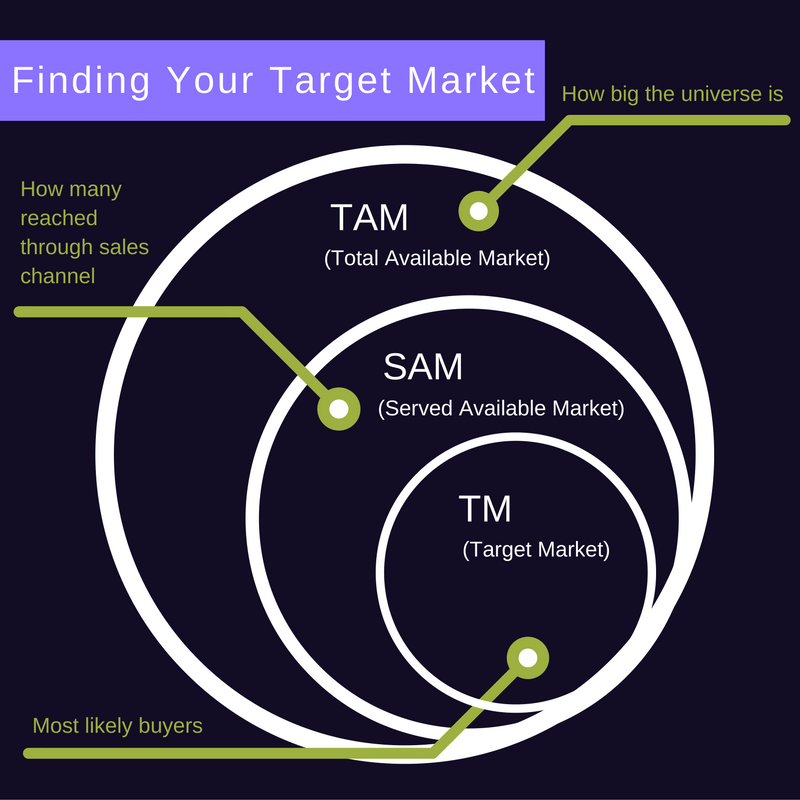This article is part of a series on how to build UX design for your startup by the head of UX for a global fintech company in Turkey.
The word ‘startup’ is almost synonymous with speed. We have to build fast, measure instantly, and learn quickly. Then of course rinse and repeat. All this emphasis on speed makes us forget the importance of being strategic. When talking about strategy or process, startups might label that as something that slows down innovation… but that’s just plain wrong. In fact, the right process can help startups move faster.
So, how can processes help a startup become faster? Consider the difference between working a lot and working smart. When we know our time is limited, we prioritize well, create routines to prevent waste, and focus as much as possible. It is the same with running a startup. Obviously no startup has unlimited time, so the only option is being smart. In other words, strategic.
The strategic elements of UX design include the following:
- Users
- Our Business
- Market
- Competitors
- Brand Positioning
The first article about UX design for startups covered users and business, and now it is time to complete the picture with market, competitors, and brand positioning. Let’s start with market.
Finding Your Target Market
In this part, we’ll try to understand two things:
- The size of the market and which part of it we are targeting.
- The type of the market and what it means for us.
Let’s start with sizing. Here we’ll get help from Steve Blank. Blank will help us understand how we find our target market in three steps. He has a generic way of dividing the market, which means we can use his approach no matter what kind of product we build or what market we’re in.
When we know our time is limited, we prioritize well, create routines, and focus as much as possible. Tweet This Quote
First, there is Total Available Market or TAM. TAM is the universe for our product. It includes each and every possible user. We’d love to be able to address all these people at once but that is not logical for many reasons. This rule for startups will help us understand why: a startup should target markets small enough so the bigger companies wouldn’t be interested and big enough so that a startup can survive.
The second step is finding the Served Available Market or SAM. What percent of the TAM really needs a product? What percent of them can really afford to buy our product? SAM will help us address a more realistic slice of the market, but that’s still too big for a startup. SAM includes all types of users and since most of them are regular users, companies, etc., they wouldn’t consider a startup a good choice.
So who does prefer us? Who would be our Target Market or TM? One answer can be someone desperately in need of a solution. Think of the times when people make risky choices and you’ll understand what I mean. Those desperately in need of a solution is not the only target, however. We can convince users to choose us if we are very, very good at what we do. That is what Peter Thiel calls the “10x Rule.” If we are 10 times better than our closest competitor, then users can’t help but give us a shot. Those people who give us the first shot are called the early adopters. They are always on the lookout for what’s new, and they turn into evangelists for us if we live up to our promise.
Now that we know who our targets are, it is time to do some calculation using Blank’s model. Since TAM is defined as the whole market, it is 100 percent. So now we have to find the SAM. Here, it is more of an art then it is science. We should know what distinguishes SAM and try to come up with sound reasoning to appropriately size it.
For example, say we’re developing a mobile app for NBA schedules. So, the TAM is everyone using a smartphone and interested in the NBA. Let’s assume we just have an Android developer, which means that our SAM is 80 to 90 percent of the TAM. Eighty percent seems like a fair assumption regarding the price variety of Android phones.
If we are 10 times better than our closest competitor, then users can’t help but give us a shot. Tweet This Quote
Finally, we need to come up with the TM. To figure this out quickly, we can do some assumption testing by talking to our own social circle or, even better, putting together a landing page and measuring the relative size using the ratio of the number of email addresses you collected divided by the number of visitors. This ratio will give us our final slicing. Let’s assume that the ratio is 15 percent. So, the final number ratio is 0.8 x 0.15 = 0.12 or 12 percent of the TAM. Now if we can guess the TAM (number of people interested in NBA and using a smartphone), then we can guess the number of people we can target.
What’s the use of this approach? For one, it helps us to see the total potential and forces us to think about the steps to reach that total. But more importantly, it helps us to understand if what we’re trying to build is actually meaningful enough to become a business.
Your Startup’s Growth Potential
Another important aspect of market sizing is the growth potential. By some definitions, startups are temporary organizations working to find a repeatable and scalable business. In other words, startups should find a businesses that can rapidly grow.
So, while calculating the market size, we should also consider how our market would grow in the future if at all. Even Facebook, with 1.8 billion monthly active users, is still trying to grow their user number. It takes some extreme measures, like using satellites to bring Internet to rural areas or creating a censored version of Facebook for China.
Defining Your Target Market
Now that we are sure the market is big enough and we have our TM, let’s see what kind of a market we are targeting and how knowing the type can help us. Again, we’ll refer to Steve Blank here. Blank, in Startup Owner’s Manual, defines four types of markets.
- Existing Market: Customers know what the product is. The learning curve is minimal.
- Re-segmented Market: An existing market is re-segmented by either providing low cost or targeting some specific needs of a niche. The learning curve is again minimal.
- New Market: A company creates an entirely new market. People are unable to do what they do without this company. The learning curve is steep.
- Clone Market: This product already exists in another country. So, we localize it according to the needs of this new country and create a clone market. The learning curve is steep.
Once we find out which type of market we are in, then we can make much better decisions when it comes to research, marketing, sales, funding, and even when to scale.
If we are in an existing market, then it is much easier for users to understand our business, but there might also be too much competition. This means we have to be cheap and profitable, or find a niche and convince users that we are better than the rest – and live up to our promise.
Once we find out which type of market we are in, then we can make much better decisions when it comes to research, marketing, sales, funding, and even when to scale. Tweet This Quote
If we are creating a new market, then there is no competition. Great, right? Well, not so much because it is very hard to understand a non-existing product and hard to get investors on board. Plus, they have to invest big until we educate users and start scaling.
Cloning a business in a new market seems simple enough. Take what works there and adjust according to local needs. It is simple, except that localization is too difficult sometimes. It is not only about the product and the users, but also about localizing the whole business – the financials, accounting, taxation, regulations, governmental issues, employee, culture, etc. Here is the template for market definition and a link to an effective method of actually sizing markets using the replacement concept.
As Blank says, the market determines if what we build is a hobby or a big idea. That is the reason we put so much emphasis on it. Now, it is your turn. Think of your market, and if you figure it is big enough and growing well, then don’t hesitate to get to work! In the next post, we’ll talk about competitors and brand positioning to complete the strategy elements.




